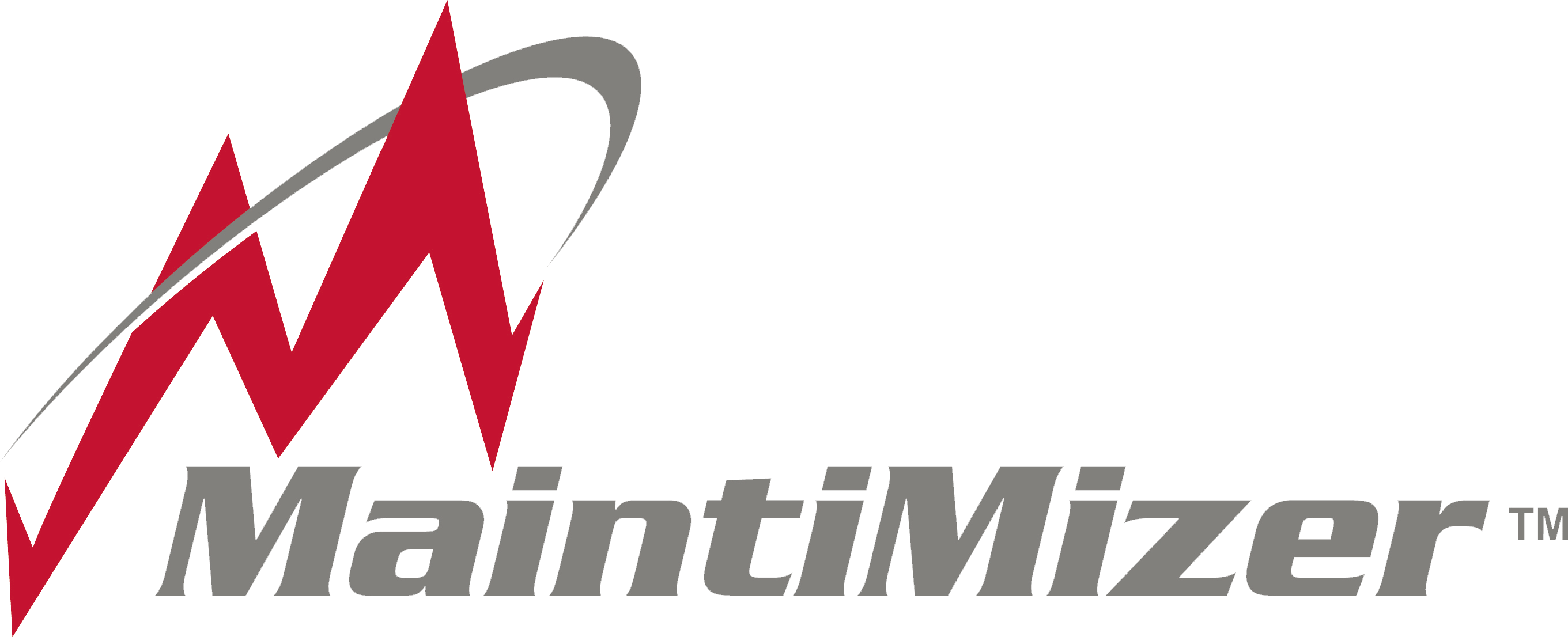These days workplace safety is on everyone’s minds as companies take extensive precautions to protect their workers from COVID-19. While it’s no safeguard against viral infection, one of the underrated, yet very valuable benefits of a CMMS is improved workplace safety.
Supporting OSHA Compliance
Even before COVID-19 made employees and employers more cognizant of workplace safety, a CMMS was a useful tool in promoting a safe work environment. It can even help comply with the Occupational Safety and Health Administration’s (OSHA) standards. If you’ve worked in maintenance or facility management, you’re probably familiar with OSHA, which was created by Congress in 1970 to “ensure safe and healthful working conditions for working men and women by setting and enforcing standards and by providing training, outreach, education, and assistance.”
Hey! That sounds like the perfect job for a CMMS, which loves nothing more than maintaining equipment and tracking tools, ensuring that your maintenance team has what it needs, when they need it.
Another of OSHA’s Employer Responsibilities that can be supported with a CMMS is the call to “examine workplace conditions to make sure they conform to applicable OSHA standards”.
Conforming to OSHA standards depends on your industry, company, facility, and equipment amongst other things and should not be taken lightly but a CMMS does promote a regular examination of workplace conditions with reoccurring preventive maintenance (PM). A CMMS will remind users when PM needs to be performed, which usually requires a comprehensive examination of equipment.
Here’s another safety reason to keep a CMMS around, it can help prevent the number 9 most cited OSHA standards violation of 2018: Machinery and Machine Guarding.
Take, for example, an injection molding machine. These machines always have safeguards that prevent workers from putting their body in harm’s way of the mold while it’s in operation.
A trained maintenance technician conducting preventive maintenance on an injection molding machine would spot a faulty safeguard and could perform a Lock Out Tag Out (LOTO) on the faulty machine and alert the rest of the maintenance team via CMMS. A CMMS notifies the maintenance team that this equipment needs repairs, facilitating a quicker response and thus a safer workplace, sooner.
Preventive Maintenance = More Reliable Equipment
Reliability equals predictability and when it comes to large industrial machinery, predictability means safety. When preventive maintenance is ignored, larger more dangerous problems can arise. Take for example this story of a paint drying oven which wasn’t given proper preventive maintenance leading to a fatal accident.
What we saw in the above story is one of the biggest perils of poor preventive maintenance: the loop of reactive maintenance. When preventive maintenance is performed it’s planned and fit into a schedule, when unplanned maintenance is performed it can lead to poor repair jobs. And other important tasks being neglected.
Anything in a facility can fall victim to poor preventive maintenance which can lead to a dangerous environment. The best way to ensure that a maintenance management team is following a proper preventive maintenance schedule is with a CMMS.
Digital Documentation
A CMMS is more than just a tool for preventive maintenance though, it’s also a place to store important documentation on standard operating procedures, preventive maintenance procedures, and in-house safety plans.
And unlike paper documents, a CMMS stores this vital information in one easily located place.
Digital Documentation of work orders and other documents can even limit the amount of physical interaction needed to perform maintenance, which in the age of COVID-19, is a plus. When information can be accessed digitally, there’s no need to pass along paperwork orders or even necessarily be within close proximity of the work requester.
Maintenance Reporting
By providing Safety Equipment Reports, a CMMS’ reporting function can be another boon to a maintenance management’s workplace safety.
So, what goes into a Safety Equipment Report? A CMMS, like MaintiMizer, can usually include the equipment description, equipment condition, risk level, and even all of the work orders tied to that equipment so you can accurately assess the reliability and safety level of that particular equipment.
A CMMS is built to manage maintenance and by doing so it mitigates the risks that come with poor maintenance practices. If you’re thinking about implementing a CMMS, Ashcom Technologies is here to help and can guide your implementation with the safest, most responsible methods possible.

